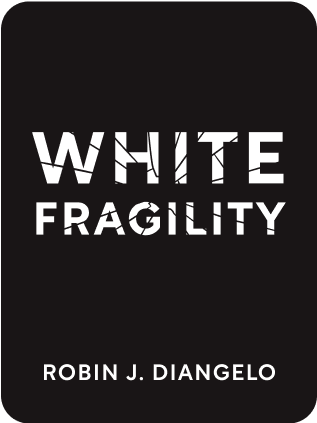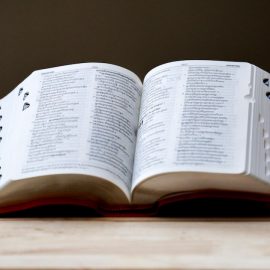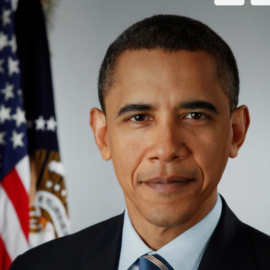

This article is an excerpt from the Shortform summary of "White Fragility" by Robin J. DiAngelo. Shortform has the world's best summaries of books you should be reading.
Like this article? Sign up for a free trial here .
What is a racial hierarchy? Is there a racial hierarchy in the United States?
A racial hierarchy is a system in which some races are given preferential treatment over other races. It may also be referred to as a caste system.
Read on to better understand the racial hierarchy in the United States.
Racial Hierarchy in the United States
After the founding of the United States, these ideas became further encoded into the nation’s legal system, with an entire set of laws emerging to protect the institution of slavery. Even after the abolition of slavery, whiteness became an essential qualification for full participation in American life demonstrating a racial hierarchy.
When new immigrants came to America in the 19th and 20th centuries, the judicial system rendered judgments on which groups could and couldn’t be classified as white to protect the racial hierarchy. By conferring specific advantages and benefits upon whiteness, American society transformed race into more than an identity—it became an interest, one that white people would jealously guard and protect.
Eventually, immigrant groups that once faced discrimination—like Irish- or Italian-Americans—were able to assimilate into white society by becoming more generically “American” and shedding their unique cultural or national identities. Implicit in this ability to assimilate, of course, was the idea that whiteness was the key component of American identity. Other forms of identity such as language or religion could be integrated. But this path was never open to black people, regardless of how long their ancestors may have been in the country, because, unlike the Irish and Italians, they couldn’t “pass” as white. Race was an immutable characteristic.
Because white people have always been dominant in society, they have not had to confront the consequences or even the existence of their enormous privileges. This is largely because white supremacy encodes whiteness as the normal or standard condition for society. This pervades everything from language to how we view our nation’s history.
The “Americanness” of people of color, for example, is always qualified as “African-American,” “Asian-American,” or “Latin American.” Rarely are white people called “White-American” or “Caucasian-American.” Whiteness is assumed to be standard, normal, and synonymous with American identity itself. That’s how the racial hierarchy works.
Similarly, February is designated as Black History Month. Implicit in this labeling is the idea that “black” history stands somehow apart from American history in general. There does not need to be a corresponding White History Month, because the culture automatically assumes that such a designation would be redundant—in a white-dominated society, white history is simply the same as “history.”
This placement of white people atop the nation’s hierarchy and the enshrinement of whiteness as the embodiment of national identity is what scholars of race mean by white supremacy. Many white people recoil at the term and refuse to consider the idea that they bear responsibility for it because they associate it with extremist groups like the KKK or neo-Nazis.
But even a cursory look at America’s most powerful institutions shows just how embedded white supremacy is.
- The ten richest Americans are 100 percent white
- Congress is 90 percent white
- Directors of the 100 top-grossing films of all time are 95 percent white
Although this is just a snapshot, it demonstrates how whiteness pervades and dominates American economic, political, and cultural life. Seeing the overwhelming whiteness of America’s elite (not to mention the dominance of white figures like Washington, Madison, Jefferson, Lincoln, and FDR discussed in history books) sends a powerful signal to children, even at an early age.
White children grow up with a profound sense of belonging, regardless of where they go or what other personal attributes they might have. There is no physical or social space in which they are ever made to feel that their presence would be unnatural or unwelcome. Children of color (especially African-Americans), by contrast, grow up feeling constantly apart from or “othered” by society, no matter how far up the social or economic scale they might personally ascend as individuals.

———End of Preview———
Like what you just read? Read the rest of the world's best summary of Robin J. DiAngelo's "White Fragility" at Shortform .
Here's what you'll find in our full White Fragility summary :
- Why white people become defensive when confronted with the idea of racism
- How today's racial hiearchy began in roots centuries ago
- How we as society can gradually overcome our deep racial divides






